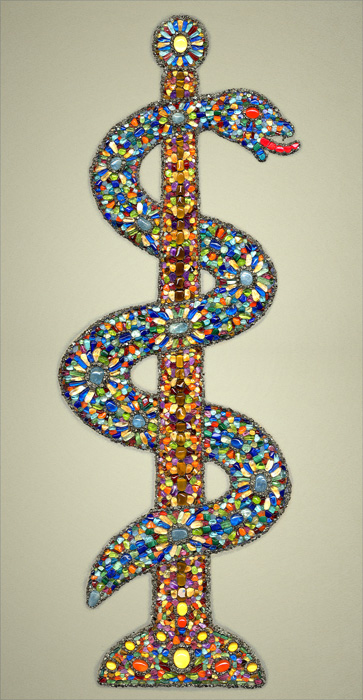We recently watched the epic film “The Good, the Bad, and the Ugly.” The 1966 Italian spaghetti western brought to mind a blog I wrote a couple of months back about fat. It looked at “good” unsaturated fats found in olive oil as well as nuts and fish; “bad” saturated fats found in red meat and dairy products like ice cream; and “very bad” trans fats found in everything from store-bought cookies to French fries.

Actor Eli Wallach's portrayal of “the Ugly” makes me want to focus on the villain when it comes to trans fats.
Otherwise known as partially hydrogenated oils, these are the fats found in foods such as stick margarines, shortenings and some packaged goods and fast foods.
The Harvard School of Public Health labels trans fats a "mostly man-made fat that the food industry loves, but our hearts and blood vessels don't.”
Renowned Harvard professor Walter Willett recently used a movie metaphor to describe their role in promoting coronary heart disease: “Clearly the bad actor.”
Scientists have demonstrated that trans fats boost your “bad” LDL cholesterol and lower your “good” HDL cholesterol.
Where do they come from?
Contrary to misinformation floating around in cyberspace, you can’t create trans fats cooking in your kitchen.
Instead, they’re created through an industrial process known as hydrogenation, in which hydrogen is added to liquid vegetable oils to make them more solid. It dates to the 19th century.
Chemists found they could add hydrogen atoms to unsaturated fats by bubbling hydrogen gas through vegetable oil in the presence of a nickel catalyst.
“For trans fats to form all of these conditions must be in place – heat and pressure and hydrogen gas and an appropriate catalyst,” Australian olive oil expert Richard Gawel writes in an informative FAQ. “It just can’t happen in your kitchen.”
Food manufacturers tend to use partially hydrogenated oils because they help keep foods from spoiling and don't break down as easily in warm temperatures. They're also cheaper.
“These characteristics were attractive to food makers. Over the last several decades, partially hydrogenated oils became a mainstay in margarines, commercially baked goods, and snack foods,” notes the Harvard School of Public Health.
Fortunately, companies have found ways to make their products without partially hydrogenated oils. The amount of trans fat in a product is now detailed on food labels. California is requiring restaurants to stop using trans fats this year and will outlaw their use in baked goods in 2011.
We're betting your heart and your palate will much prefer french fries deep-fried in extra virgin olive oil anyway.
Claude S. Weiller
Vice President of Sales & Marketing
